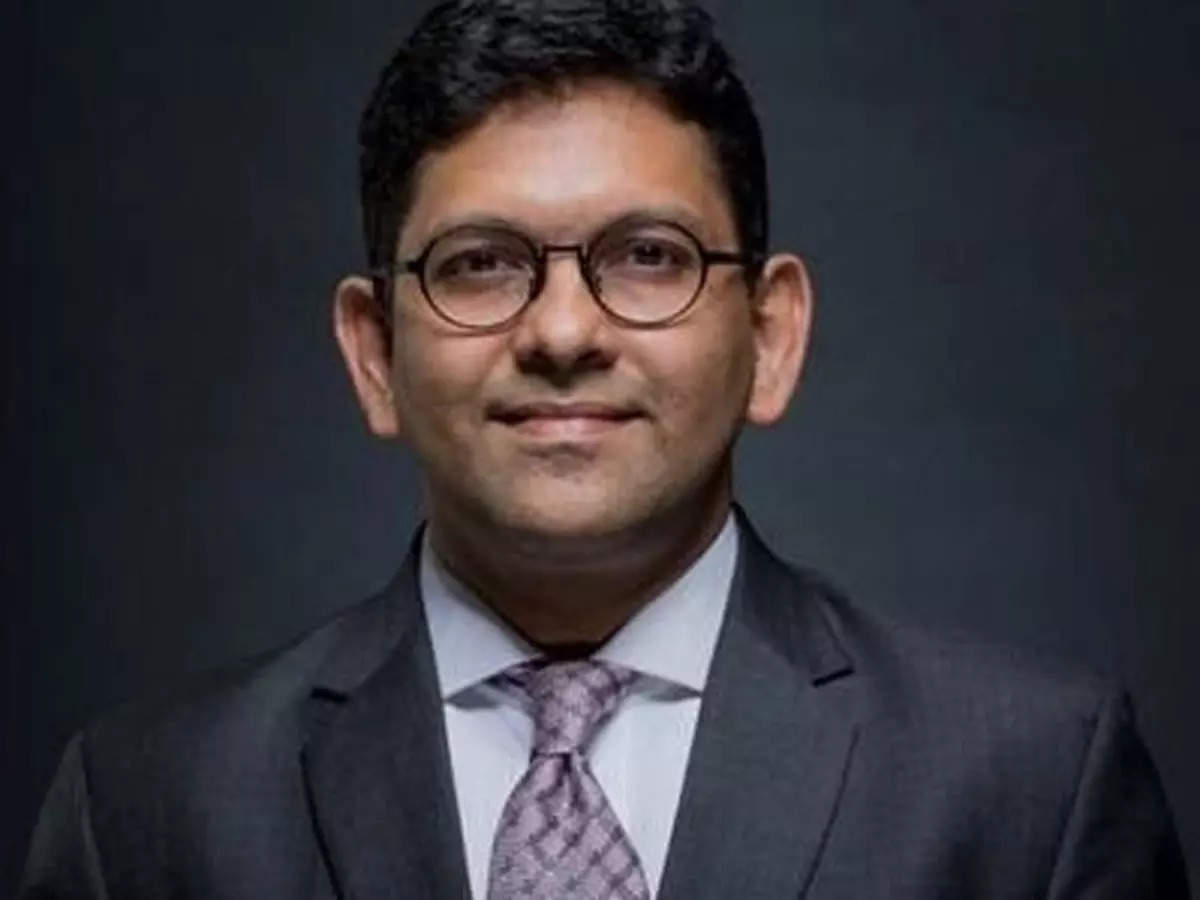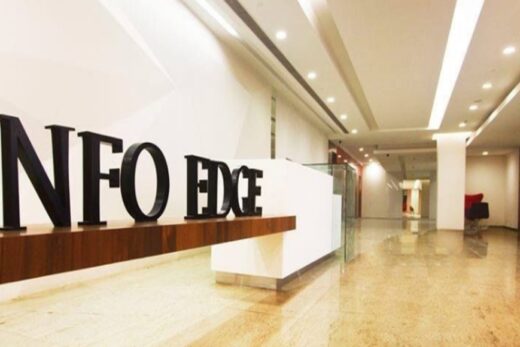You and your team are putting out some great data. In fact, it is just not garnering assets but also educating the ecosystem and learning which I really appreciate about your house. You called out on the froth in small and midcaps very early on. In fact, the buzz may have gotten louder in the last two weeks, but the melting of the indices started in the first or second week of February. Do you think the adjustment is done or not entirely?
Kalpen Parekh: This has been an effort for the last three years, almost 36 months where we release this document every month and you have been proactively doing a discussion around this. In fact, I do not want to take credit for calling this out. We at DSP do not want to just take this credit because we have been saying that generally valuations have been stretched in the small and midcap bucket for the last nine months or so.
You can even argue that we are seven-eight months late. The idea is not to time any of these opinions or views because we believe that we do not have the skill to time, but we can only be observers and look at what data points are telling us and accordingly take rational investment decisions. Sometimes we go right, sometimes we go wrong. Sometimes we are early, sometimes we are late.
The Covid fall created a very strong base for all good companies across the market cap space and in this month’s Netra, we have highlighted that there have been multibaggers in all market caps. But the primary reason for that was the base was low. So, the 2020 base is when markets had fallen by around 40% and the takeaway or the learning is that when we invest in falling markets, the odds of generating superior returns actually goes up.
Particularly in 2020, we were sitting on a three-year low for small and midcaps because the first sharp correction had happened in 2018. So, from 2018 to 2019, smallcaps had fallen and then Covid happened; so they had another round of fall.
Post Covid and post lockdowns, most companies tightened their belts and we saw a significant improvement in margins and then revenue growth came back and valuations were low. This is like the holy trinity where operating metrics improve, valuations were low and then flows also took off in the last three years. We have seen increased allocation towards small and midcap stocks intentionally and unintentionally by retail as well as high net worth individuals.
All these things coming together led to the small and midcap segment and overall the market crossing their long-term averages in terms of valuation or whatever they deserve as valuation, keeping their operating metrics in mind. In that context, we felt that prices are maybe a year ahead of what they should be and part correction has happened, let us say, in the last two-three weeks, but we do feel that even today when we look at our portfolios, we would be happy with some more consolidation either in terms of time or if there is some more price fall, our conviction to buy the same set of good companies with the next five-year horizon would go up significantly. But at this point in time, we would still say it is time to be cautious, time to be more diversified, time to be more asset allocated rather than chasing only one bucket.
I want to juxtapose the quality of growth and what is happening in the economy on top of what the market and earnings are doing. So, from that standpoint, we spoke with finance ministry officials recently. They are saying that you may be surprised with the growth on a prolonged basis. Recently, RBI governor himself told us that this year will be closer to 8% and next year 7%. So, how are things looking on the macro lens?
Kalpen Parekh: Like I said, for the last two quarters, what we have been observing is that profit growth rate has been in excess of 15%. A lot of it is courtesy margin expansion. However, revenue growth has moved to single digit in aggregate across the entire spectrum of 500 companies.
So, a sign of some bit of caution or consolidation that we see is that if now revenue growth is a bit slower and margin expansion has already played out in the last few quarters and if that now plateaus, overlay that with already high valuations and as we have seen in the last few weeks, a lot of announcements by either promoters to raise new capital or global shareholders of Indian companies also coming up with some bit of selling which could neutralise the strong inflows that are coming from domestic investors.
When we look at these three-four parameters, we feel that it is time to be a bit more prudent rather than be a bit more aggressive just because we have seen a 5-10% correction in broader indices. As you rightly started off, Nifty is still at all-time high, small and midcap indices after rising by 150-200% have just given up 5-10%.
So, from that construct, if we look at it from the last three weeks, prices are down 10%, but over the last four years, prices are up almost 150% to 200% at an index level and within that certain segments and stocks have gone up 200% to 500%. So, I think our sense is that there is a bit of consolidation from a bottom-line perspective that is likely to play out in the next few quarters.




